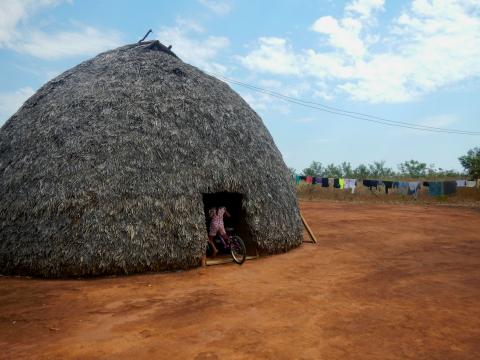Sustainable tourism in indigenous lands in Mato Grosso state, Brazil
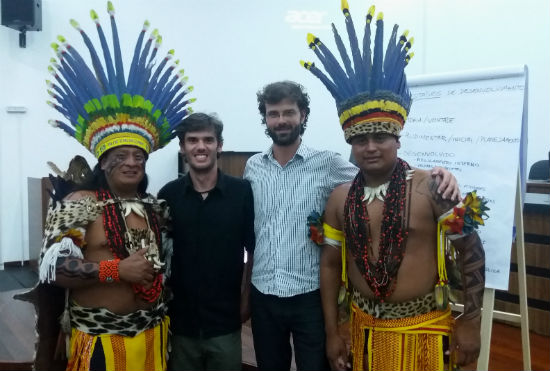 CSF-Brazil Director, Pedro Gasparinetti, CSF-Brazil consultant, Rodrigo Ozorio, and leaders from the Wazare indigenous village.
CSF-Brazil Director, Pedro Gasparinetti, CSF-Brazil consultant, Rodrigo Ozorio, and leaders from the Wazare indigenous village.
Tourism is seen by some Brazilian indigenous communities as an important potential alternative for income generation. It can contribute to sustainable land use and prevention of destructive land uses on Indigenous Lands (ILs), such as soybean and cotton production. The native people in Mato Grosso state have been organizing for many years to develop tourism activities in their territories. CSF established a partnership with the Native Amazon Operation (OPAN), a local NGO that has been working with indigenous people for decades, to assess the process of implementing tourism in the Juruena river basin.
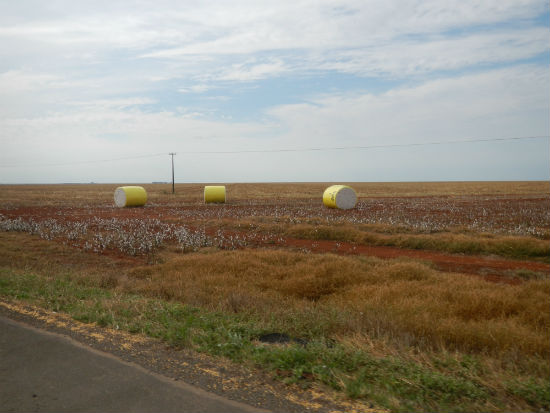 Cotton production in Mato Grosso, in the Brazilian Amazon region, as far as eye can see. Photo credit: Marion Le Failler.
Cotton production in Mato Grosso, in the Brazilian Amazon region, as far as eye can see. Photo credit: Marion Le Failler.
The goal of our work is to:
1) Identify the characteristics of the tourism supply in these ILs, as well as the challenges and expectations of the indigenous people and tourism operators ;
2) Understand the demand for tourism in ILs and the factors that determine the choices of tourists;
3) Generate information to contribute to the investment decisions of the indigenous people, tour operators and other actors in the tourism industry.
To begin this process, we held a two-day workshop in April 2018 to engage indigenous leaders, tourism operators and local government officials in a discussion of the development of sustainable tourism initiatives on ILs. In total, 20 participants were present, and all groups showed high interest in our future results.
The event took place in Sapezal, Mato Grosso, an area with one of the highest rates of soybean production in the world, and where ILs play an important role in protecting biodiversity. It put the stakeholders in contact, allowing them to exchange their views about opportunities and bottlenecks for tourism development. It also allowed us to gather and validate information for the design of the questionnaire to be used to assess the demand for tourism on ILs in the region.
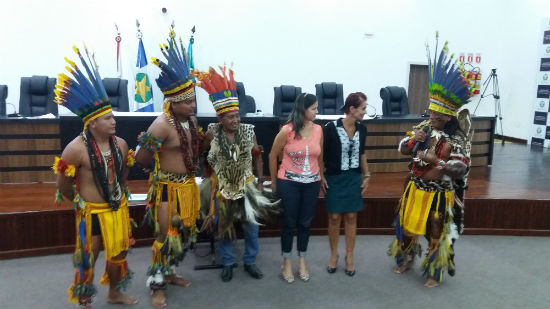 Leaders of the Wazare village presenting the tourism activities already implemented in their IL. Photo credit: Pedro Gasparinetti.
Leaders of the Wazare village presenting the tourism activities already implemented in their IL. Photo credit: Pedro Gasparinetti.
Among the participants was Cacique Roni, who is the leader of the Wazare village located in Campo Novo dos Parecis, and pioneering ethno-tourism activities in the region. The village is composed of a group of 40 people of the Paresi-Haliti ethnicity that decided to split from a larger community to specialize in offering traditional experiences to tourists, including indigenous chants, dances, cooking, hunting, and archery. The village was built five years ago, and has received tourists from 13 different countries. It has already established itself as a great example for other communities. During the workshop, Cacique Roni brought important insights about tourism development, management, resource division among members, investments, and difficulties faced by the community.
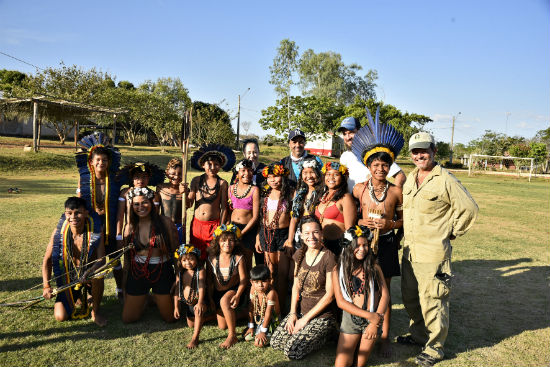 Indigenous peoples of the Tirecatinga IL after a presentation of their traditional chants and dances to CSF staff and it's partners.
Indigenous peoples of the Tirecatinga IL after a presentation of their traditional chants and dances to CSF staff and it's partners.
After the workshop, we developed an online questionnaire which has been sent to potential tourists and tourism operators. We used a choice experiment model to create it, which is an economic valuation method based on the assessment of multiple hypothetical scenarios. This method allows for a quantitative interpretation of perception about the type of activities offered and their price.
After collecting the data, CSF experts will analyze it and generate the statistical results to come to some conclusions about the potential for tourism in the region. We will then organize a second workshop to discuss these results and the next steps aiming to guide and strengthen local development to allow indigenous people to attend their visitors in the best possible way.
Please, click here for more information about our project.
To see the video (in Portuguese language) done by Reporter Eco about the Buriti river expedition in Mato Grosso, in which CSF staff participated, please click here.
- Log in to post comments

